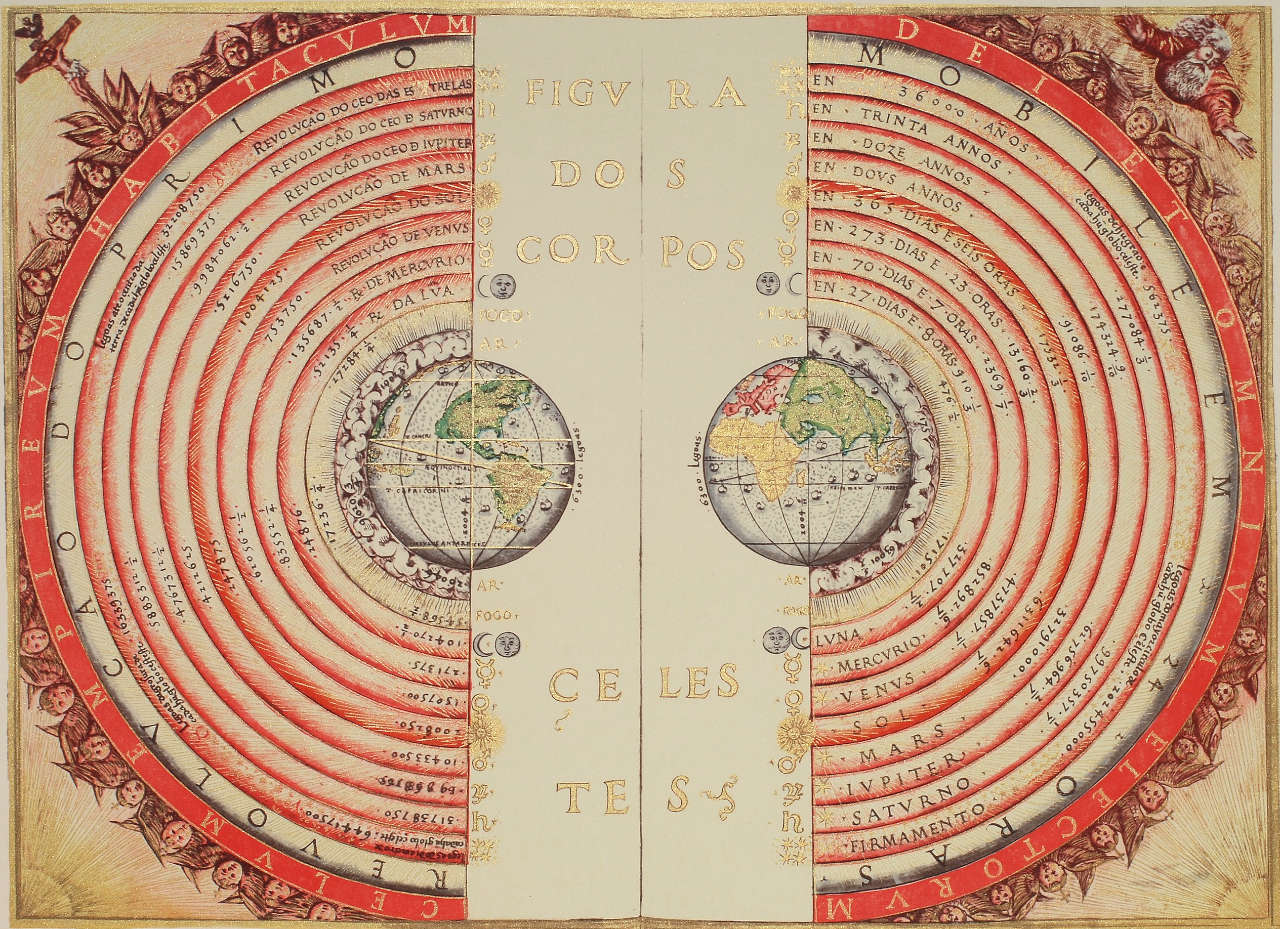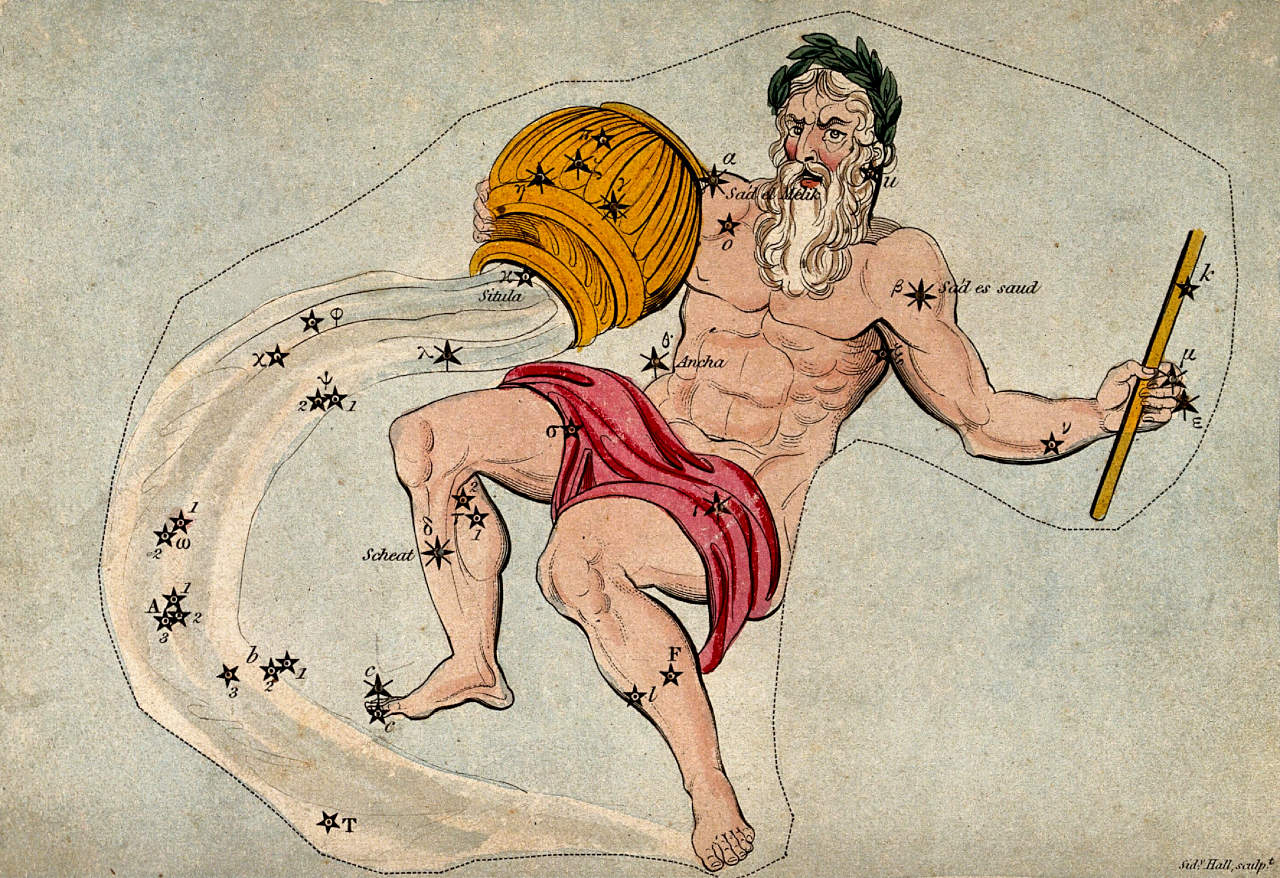Filled with the vitality of spring, Aries is the sign of new beginnings. While the Ram rushes forward to meet any challenge head-on, the flame of this cardinal fire sign peters out just as quickly as it is lit.
Author: Geoffrey Ballinger
Vettius Valens: Soldier of Fate
Know to the Arabs as “Al-Rumi”, Vettius Valens gained near-mythical status in the East while his fame was largely eclipsed by Ptolemy in the West but his Anthologies remains the most important source contemporary readers have for the foundations and techniques of Hellenistic astrology.
Claudius Ptolemy: A Sage Head in the Clouds
The works of Hellenistic polymath Ptolemy of Alexandria outlined the Western view of the cosmos that would survive until the Copernican revolution and defined the rational-causal view of astrology still largely ascribed to today.
Pisces: The Fish
Sensitive and spiritually magnanimous, watery Pisces is represented by two fish bound by a cord, representing the duality implicit in this mutable sign.
Hellenistic Astrology: Rationalizing Fate
Merging Babylonian star worship with indigenous Egyptian astronomy and Greek mathematics and philosophy, Hellenistic astrologers crafted the fourfold technical structure of astrology that weathered two millennia to survive as the foundational elements of modern astrology today.
The Fault in our Stars: Marcus Manilius and Western Astrology
As the Roman Empire rose, absorbing the trappings of Hellenistic culture, one writer penned the oldest surviving complete treatise on the art of astrology. Part poetics, part mathematics, Manilius’ Astronomica offers a glimpse of the core concepts and Stoic philosophy underlying both Hellenistic astrology and the beginning of modern Western science.
Capricorn: The Goatfish
The profound wisdom of Ea, the ancient “antelope of the ocean”, and the influence of rule-loving Saturn give this sign its staid and hardworking nature as the steadfast Capricorn climbs ever higher up the mountain peak of life.
Heavenly Writings: The Babylonian Origins of Astrology
Over three millennia ago, Mesopotamian scholar-scribes recorded the path of the heavenly bodies across the sky to decipher omens from the gods, laying the foundation for what would become Hellenistic astrology.
Sagittarius: The Archer
Like the mutable flames of a wildfire, Sagittarius blazes through life with enthusiasm and curiosity, eschewing limits to exploration as the far-sighted Archer fixes their sights on a distant future.
Aquarius: The Water Bearer
From the flooded banks of the Nile to the brimming beaker of Science, the Water Bearer brings with it an impartial generosity and detached humanist perspective. But to reach its true potential, this fixed air sign must operate within its own structure, no matter how abstract.









